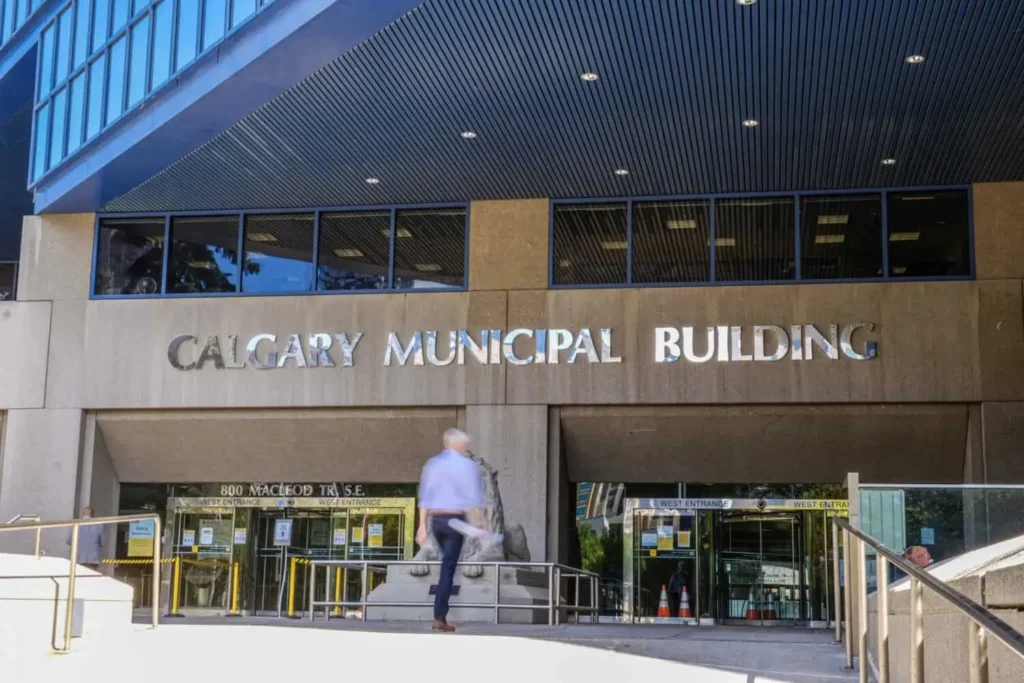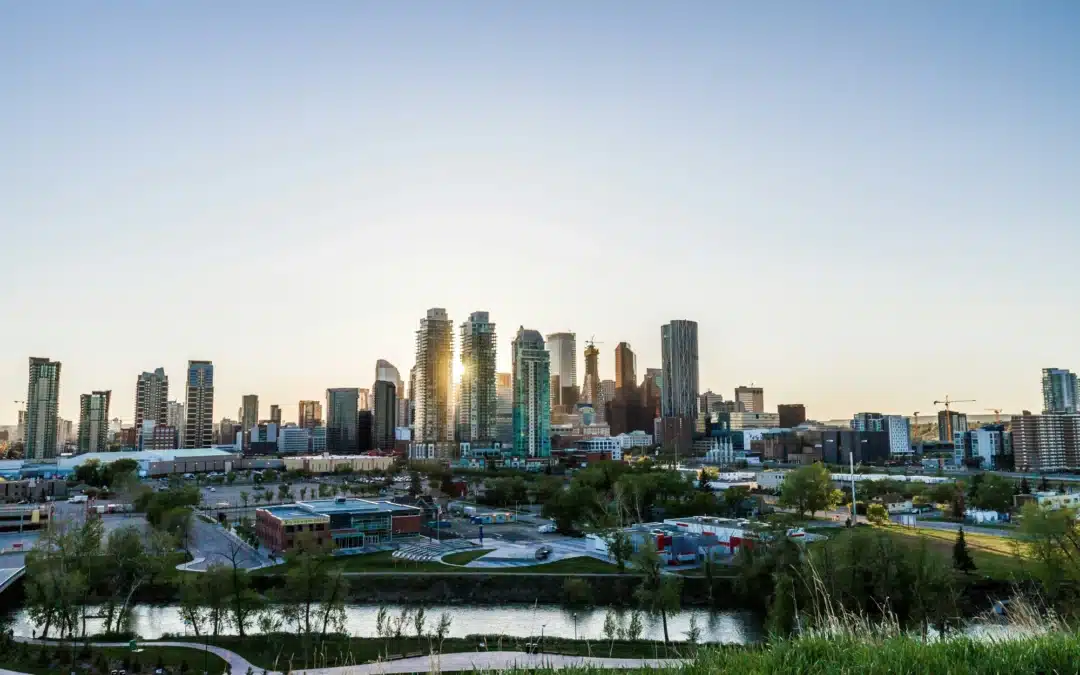Calgary’s zoning bylaws are essential to the way the city functions. They maintain the aesthetic integrity of residential neighbourhoods across the city and divide Calgary into residential, commercial, and industrial zones, among other things.
They can also impact homeowners considering home renovations in Calgary as they determine what sort of improvements are allowed. They don’t affect every Calgary home renovation, but zoning bylaws can impact what is and is not allowed, especially when it comes to additions, secondary suites, or accessory buildings.
What to Know About Home Renovations in Calgary
If you’re considering your options for a Calgary home renovation, you should start by finding out your land use district on the city’s website to determine what permits you might need and what rules and restrictions exist for your property.
The city’s zoning bylaws can impact everything from the height you can add to your home to whether you can build a detached garage or the size of your windows.
Working with a custom home designer can be invaluable as you navigate land-use bylaws and the permit process.
Our extensive experience designing homes and renovations has given us a deep understanding of the process. We can help you bring your home improvement project to life and transform your home while avoiding costly re-designs and delays during the permit process.
When You Need a Permit for Home Renovations in Calgary

A development permit is the city’s way of ensuring new homes and major renovation projects fit in with land-use bylaws. They aren’t required for every Calgary home renovation, though. For minor interior home improvement projects like repainting or replacing the cabinets in your kitchen, you don’t need to worry about development permits.
For any project requiring a structural change, though, it’s always worth checking your address and figuring out the land-use bylaw for your district and how it will impact your home renovations in Calgary. Among other things, land-use bylaws will determine:
- Allowable setbacks from property lines: If your Calgary home renovation project includes any sort of addition or a second building like a detached garage, the land-use bylaws will inform exactly how close to the property line it can be built.
- Building height: The land-use bylaws have strict heights for buildings, and if you’re looking to add a floor to your home, you’ll definitely want to be aware of the allowable height.
- Adding or enlarging windows: In many cases, a development permit will not be required, but the city does have clear rules on what is allowed. If you are simply replacing windows without changing the size of the opening or the operation of the window, then no permits are required. A development permit may be needed for more substantial changes.
Types of Renovations That Can Trigger Bylaw Review
Garages
Garages, sheds, gazebos, and greenhouses that are detached from your home are considered accessory residential buildings in Calgary’s land use bylaw, and that requires building permits if they are greater than 10 square metres. If they’re attached to your home, they are considered additions.
Depending on the land-use bylaw for your district, you’ll need to request a relaxation if your property’s accessory residential buildings are listed as discretionary or your garage won’t meet the rules.
Basement Renovations
If you’re thinking of doing work on your basement during your home renovation in Calgary, it will generally not be impacted by the city’s zoning rules. That means that while you may require building permits, development permits are normally not needed.
If you’re adding a kitchen or bathroom to your basement, though, you have to apply for a secondary suite.
Interior Renovations
Generally speaking, Calgary home renovations that affect only the interior of a home do not require planning approval and will not be affected by zoning rules.
If you’re renovating your kitchen, re-doing your bathrooms, or removing a wall to create more of an open concept on your main floor, that may require building permits to ensure it’s all up to safety standards—but that won’t be affected by zoning rules.
Additions
If you’re looking to build an addition to your home, it will always require at least a building permit. The City of Calgary defines an addition as any covered structure that increases the area of your home, including everything from an attached garage and a sunroom to a covered deck or porch.
A development permit may also be required to make sure your addition fits with the rules of the Land Use Bylaw for your district, as well as a few other key factors.
- The building cannot be located in the floodway, flood fringe, or overland flow area.
- It cannot be on the Inventory of Evaluated Historic Resources.
- If the addition is on the upper floor, it cannot exceed the existing roof height and is under 10 square metres.
- If the addition is on the main floor and is less than 40 sq metres. It still needs to fall within the allowable setbacks.
- If the addition is on the main floor at the back of your home, it doesn’t go more than 4.6 metres beyond the original rear facade.
- If the addition is on the main floor at the front of the home, it doesn’t go past 1.5 metres beyond the original front facade.
While the City of Calgary may be willing to provide minor relaxations of rules in the land use bylaw, it’s important not to go too far. For example, adding a few inches to the height of your home might be OK, but that doesn’t mean you’ll get an extra floor approved. Asking for too many relaxations can also be a surefire way of ensuring the city says no to everything.
Separate electrical and plumbing permits will be required for new installations.
Decks & Balconies
There’s a big difference in how the city views covered decks versus uncovered ones.
- If a balcony has a roof or pergola, it is considered an addition.
- If your deck has a roof or pergola attached to your home, it’s considered an addition. If the roof is not attached, it’s considered an accessory residential building.
Like most Calgary home renovations, a new deck or balcony will require a development permit if it does not meet the land-use bylaw for your area, and you can check those rules using the City of Calgary’s tool here.
Work with Ellergodt Design on Your Calgary Home Renovation
Before you start preparing for your home renovation in Calgary, it’s important to understand what the land-use bylaws allow in your neighbourhood. That’s especially true for anything that will change the exterior of your home or property, and while it can be intimidating to dig into the municipal land-use bylaws, a custom home designer can help.
At Ellergodt Design, our in-depth knowledge of the city’s zoning rules can be invaluable and help you design a beautiful Calgary home renovation. We strive to minimize project delays when you need fast approvals.
To get started, use the contact form or call (587)875-5621.


